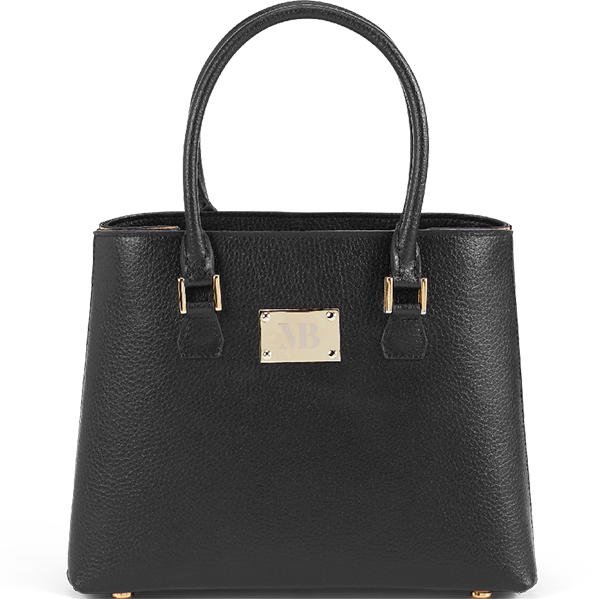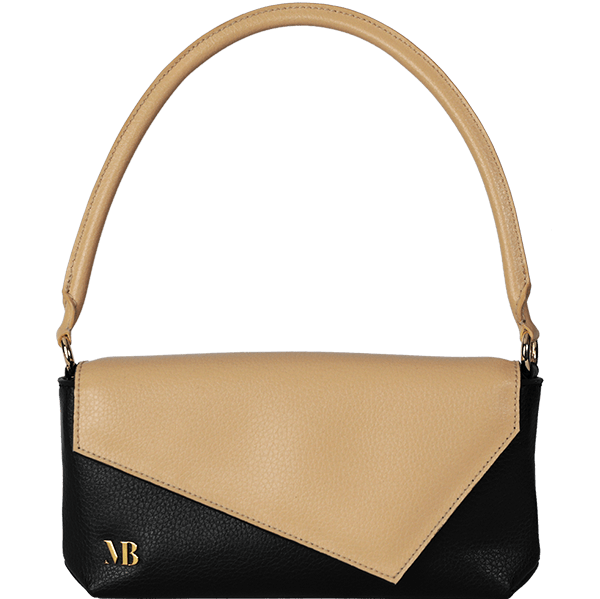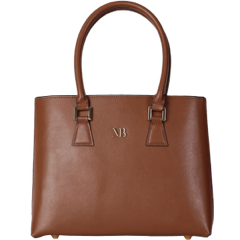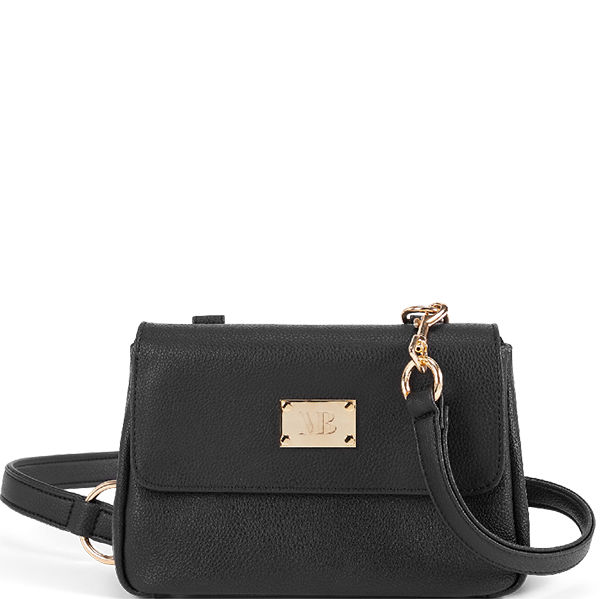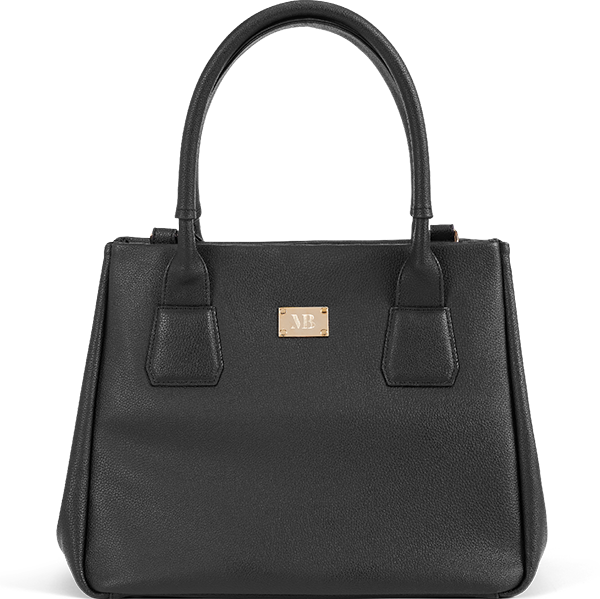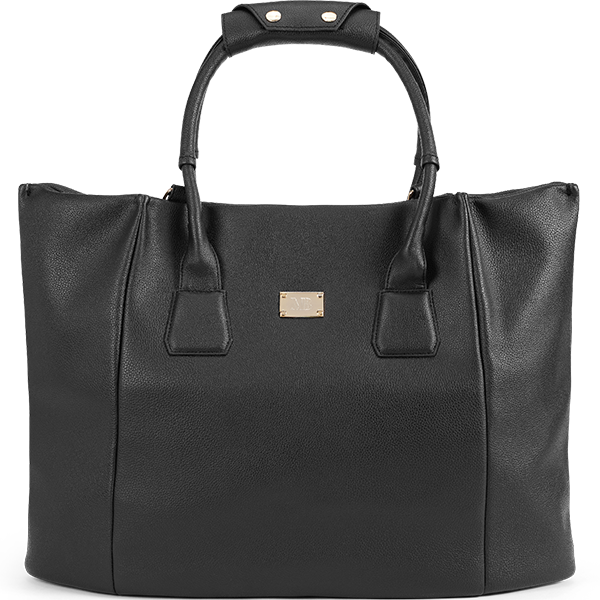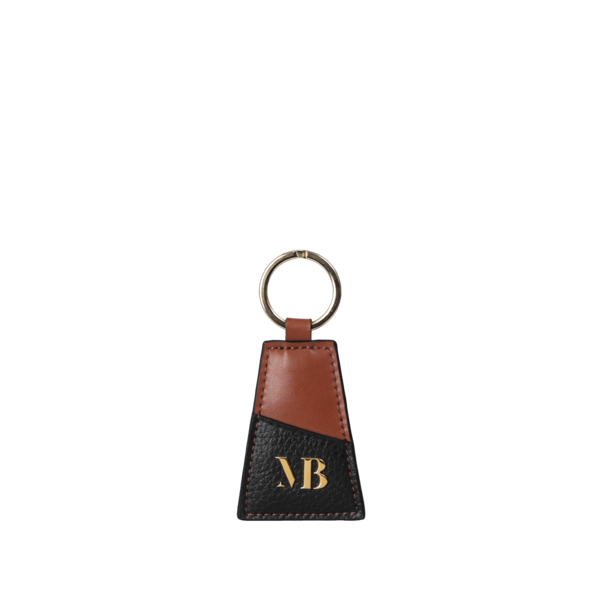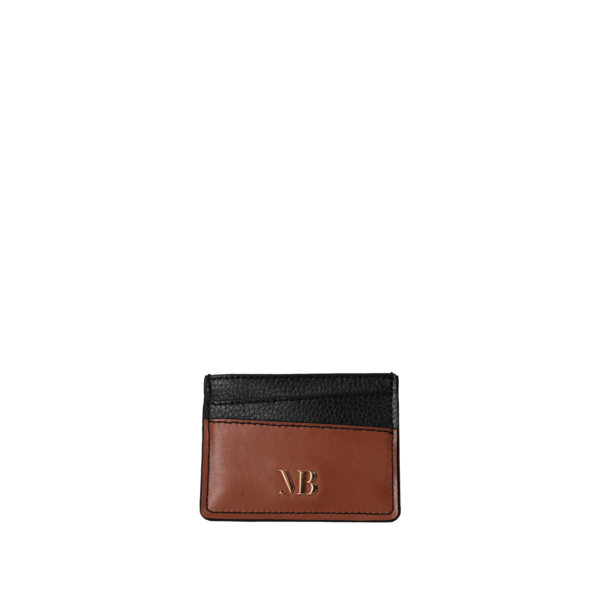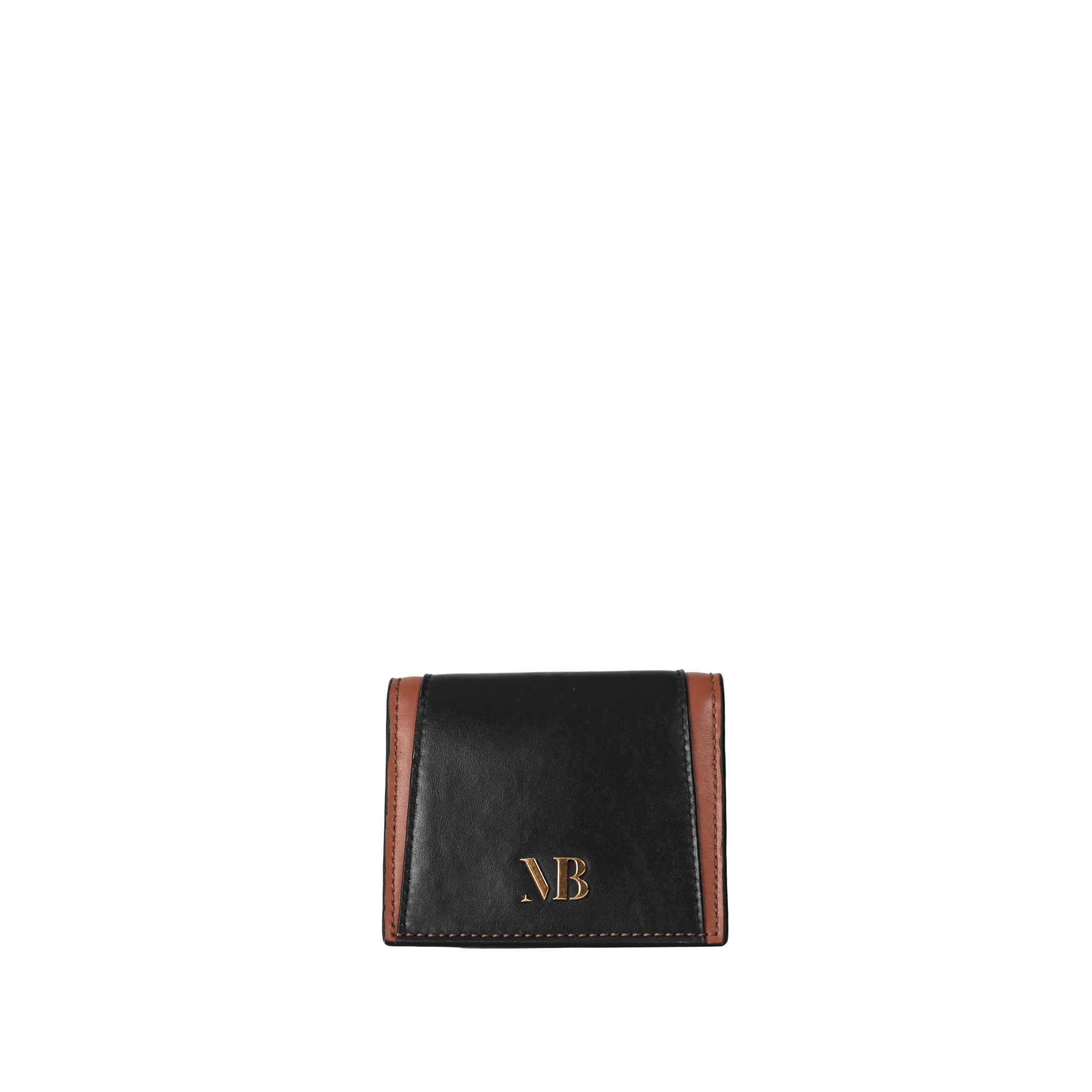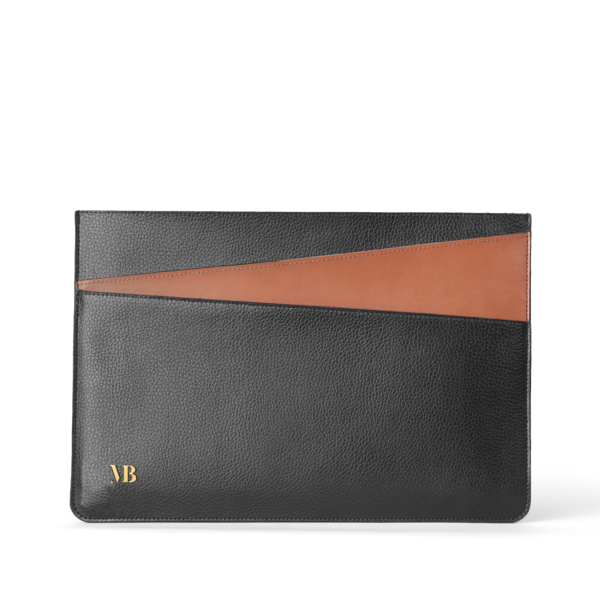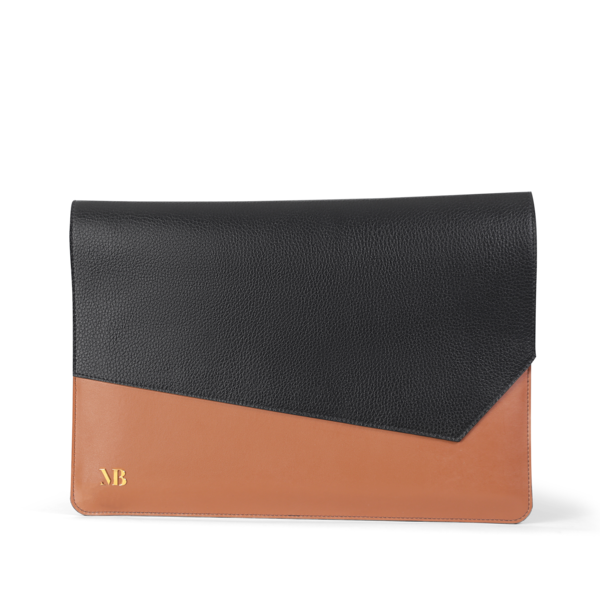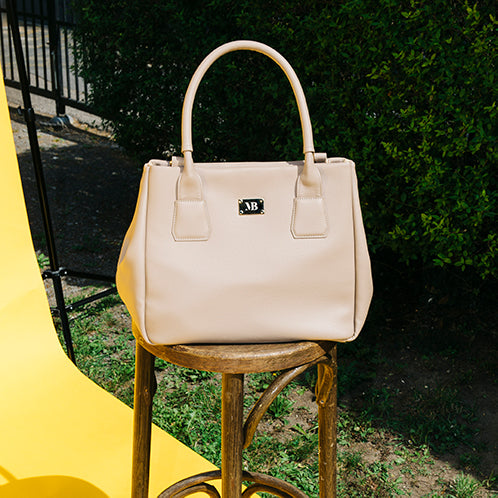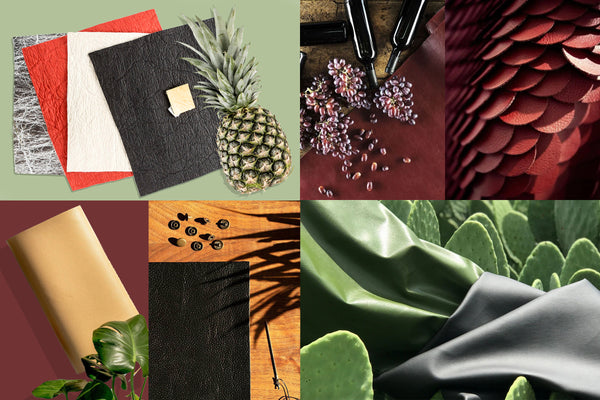Fashion 2021: Sustainability Trends and Innovations
In 2020, we were confronted with obstacles that changed our everyday life. The pandemic restricted the lives of every individual and thus in many ways prompted creativity in personal and global management. Despite all that has happened, we welcome the new year full of hope and look forward to the progress that it will bring. Specifically, we are looking forward to new opportunities and challenges in the fashion industry.
In this article we would like to give an outlook on what to expect in the fashion industry this year, what obstacles we will face and what innovations companies are using to promote sustainability.
The fashion industry is a major burden to the environment. In 2018 alone, the clothing and footwear industry caused 2.1 billion tons of global CO2 emissions . If this amount does not see a drastic decrease soon, it will no longer be possible to achieve the goal of keeping global warming below 1.5 degrees Celsius set forth in the Paris Agreement. The fashion industry surprises time and time again with advanced methods to curb climate change, but the adaptation is not happening quickly enough . The “Fast Fashion” business model in particular has a significant influence on the amount of clothing produced annually. In recent years, however, the topic of sustainability, particularly ecological sustainability, has received a lot of attention. According to this, both consumers and companies are increasingly paying attention to aspects of sustainability. In our article Environmental impact of the fashion industry, we highlight which business models are particularly problematic.
In the following, our aim is not to shed light on the pressing challenges - but rather introduce all the new, creative innovations that the fashion industry is currently working on. Many of these ideas have the potential to make our world a little better.
An obvious way to keep an eye on the environment when buying new fashion pieces is to pay attention to the material composition. In this article, we have compiled tips for you to keep in mind the next time you shop. But what can companies do to improve the materials in their collections? Many companies are already incorporating recycled or more sustainable materials into the production of their clothing. This includes, for example, organic cotton, organic linen, or recycled nylon yarn made from plastic waste. The two most common synthetic fibres used in the manufacture of clothing and accessories are polyester and nylon. These are made with fossil fuels, a non-renewable energy source. Innovative developments that make it possible to replace polyester and nylon are therefore always intriguing.
Kintra, a materials science company, makes high-performance biosynthetic fabrics that do not pollute the ocean with additional microfibers. The company has developed synthetic fibers based wholly on biological sources, such as corn starch, instead of the industry standard petroleum base. What sets this material apart is that it is not only completely biodegradable, but production can also be traced back to the field where the raw materials were grown. Utilising materials by and akin to Kintra, brands around the world should be able to manufacture high-quality products while remaining sustainable and transparent . Many new doors can be opened if access to this environmentally friendly material is expanded and you would have a lot to look forward to as a fashion lover.
The fashion world would further be improved by using seaweed, one of the most regenerative organisms in the world. Companies like AlgiKnit develop durable but rapidly degradable yarn from seaweed, creating another environmentally friendly material to encourage a circular economy. Their goal is to achieve a circular product life cycle within the textile industry.

AlgiKnit develops biodegredable yarn from seaweed. (© AlgiKnit)
As a company that uses vegan leather itself, we closely monitor every innovative development that replaces leather in an animal-friendly and sustainable way. In spring 2020, Lyst reported that search demand for vegan leather had risen by 69% within one year. Studies show that the environmental impact of synthetic leather is 5.5 times lower than that of animal leather. Nevertheless, materials are used in the manufacturing of synthetic leather that, due to their composition, take a long time to biodegrade. Therefore, it is a big step for the fashion industry to develop vegan leather that not only abstains from using materials of animal origin but is also devoid of any petroleum based materials.
Several start-ups are currently developing vegetable leather based on mycelium, the fungal threads of fungi. In an innovative process, the mycelium is grown and converted into an alternative for animal and synthetic products. This begins with the cells of the mycelium, which can, for example, be found on beds of sawdust. Here they grow together to form an interconnected 3D network that is modulated, tanned and coloured. Such materials are biologically based and contain mostly renewable materials. The similarity to animal leather is remarkable, yet mycelium leather promises a much lower environmental impact.
Melina Bucher is also currently working with a US start-up on a fully plant-based leather alternative. While we unfortunately cannot reveal too much yet, we can definitely promise that 2021 will be an exciting year!
As previously mentioned, producing our favourite fashion items can be an extremely polluting process. Examples include using pesticides to grow cotton, emitting an excessive amount of CO2 into the atmosphere or general over-production. The use of harmful chemicals in manufacturing processes also causes serious environmental damage ; chemical colouring causes wastewater emissions that are difficult to biodegrade. The extent of chemical colouring depends on the type of fibres used, its makeup, or the specific dyeing technique. Chemical colouring and finishing can also denature and alter a biodegradable material in such a way that it no longer decomposes naturally, or at least takes an exceedingly long time to do so.

Spinnova develops a mechanical process to create sustainable cellulose fibers. (© Spinnova)
Fortunately, many companies, for example the Finnish company Spinnova, are working on the sustainable production of materials that can be used in the fashion industry. Without using harmful chemicals, they manufacture textile fibres from cellulose in an innovative mechanical process. In the conventional production of cellulose, wood fibres are first dissolved in chemicals to obtain the cellulose pulp and then spun; Spinnova is now replacing this process with a purely mechanical one. In doing so, they keep their water consumption, emissions, and waste to a minimum. The natural fibre material is a white continuous filament; in this state, it is ready to be spun, knit, and woven without further need of processing. According to the manufacturer, the material is stretchy, stable and is therefore ideally suited for the manufacture of clothing, shoes, and all kinds of accessories. In addition to this, it can be upcycled multiple times without the addition of new raw materials while retaining its quality. Because the fibre can also be dyed before the spinning phase, the water consumption and the need for chemicals are further greatly reduced.
Did you know:
Chemical colouring and finishing can alter a biodegradable material in such a way that it no longer decomposes naturally, or at least takes an exceedingly long time to do so
Huue is a company that has set itself the task to forego conventional dyeing techniques and instead uses biotechnology to provide sustainable dyes for the fashion industry. They want to start with an indigo blue dye for denim manufacturers. Traditional indigo requires hazardous chemicals such as benzene, formaldehyde and sodamide, as well as petroleum, to manufacture. Huue's indigo blue has a significantly lower toxicity potential compared to that of its competitors but is just as effective and easy to implement in the manufacturing of jeans. During this manufacturing process, sugar is turned into colouring. This is made possible by extensive research into natural colour compounds. Ultimately, micro-levels are created that mirror the natural process and consume sugar to enzymatically produce colouring. Thus, this is an alternative that is free from petroleum and hazardous chemicals and has a lot less impact on the environment.
While the materials and manufacturing processes mentioned are largely still in the research and development phase, they create hope and a positive outlook for an interesting and exciting future in the fashion industry.
To ensure a far-reaching change, everyone must rethink their consumer behaviour and be open-mindedly embrace new concepts. If this can be made a reality, it will be possible to reduce the environmental impact without having to give up your favourite fashion items. In addition to improving materials and manufacturing processes, it is also important to keep an eye on clothing that already is in circulation. We would like to elucidate how this can best be implemented in an upcoming article. Make sure to register for our newsletter to be notified!
